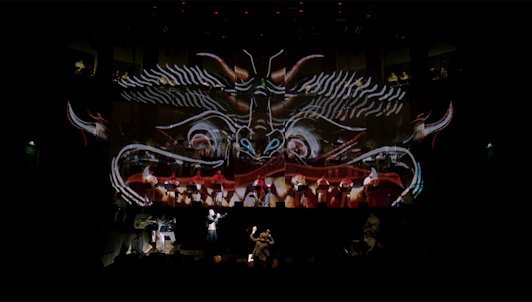If Pierre Schaeffer was the theoretical father of musique concrète in the 1950s, Pierre Henry was the movement's artistic father. Known for his Messe pour le temps présent (Mass for the Present Time), choreographed by Maurice Béjart, Henry set out to create a complex sonic object capable of inciting listeners to imagine a sort of theatre that was both horrifying and exultant. In 2002's Dracula, ou la musique troue le ciel (Dracula, or Music Pierces the Sky), he transposed sections and motifs from Wagner's famed tetralogy over the backdrop of a vast auditory spectrum, mixing diabolical laughter with the sounds of galloping horses and hurried footsteps, cawing birds, storms and sirens. Like Wagner in his Ring cycle, Bram Stoker's Dracula was, for Henry, an "extraordinary investigator of unfathomable sensations."
Read more
